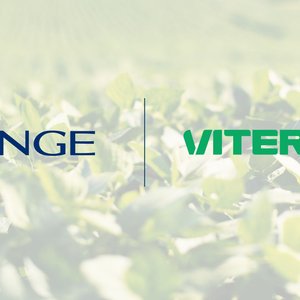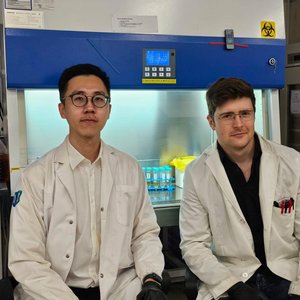Haliotis laevigata).
Aquafeed.com first reported on this project last year, at which point Tarac Technologies announced that abalone feeding trials with its Acti-Meal product were set to begin.
Acti-Meal is a co-product of the wine industry, “consisting of a steam distilled, milled and dried grape marc meal rich in carbohydrates (55–65%).”
In the 90-day study, researchers fed juvenile abalone diets containing dietary inclusion levels of Acti-Meal in varying levels from 0-20%. All experimental diets contained 35% crude protein, 5% crude lipid and 17.5 MJ kg−1 gross energy.
Accordingly to the study authors, “growth and feed utilization of greenlip abalone fed a commercial diet and the 0% basal diet were similar. Greenlip abalone fed any Acti-Meal inclusion level (5, 10, 15 and 20%) exhibited significantly superior growth to abalone fed the 0% basal diet. Notably, in comparison to the basal diet, specific growth rate and biomass gain were improved by 5 to 6% and 10 to 12% respectively. The improvements were achieved despite greenlip abalone consuming significantly less feed (~9%) when fed the Acti-Meal diets.”
Researchers noted that abalone fed diets containing Acti-Meal also exhibited superior feed conversion ratios, with an average 13% FCR reduction. They recommend conducting an on-farm growth trial next to further validate the product.
This article contains excerpts from a study published in Volume 498 of the journal Aquaculture.










